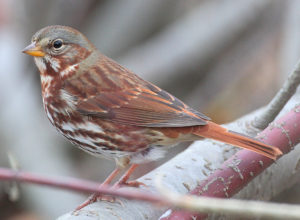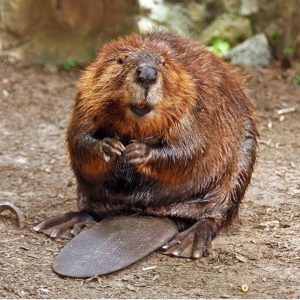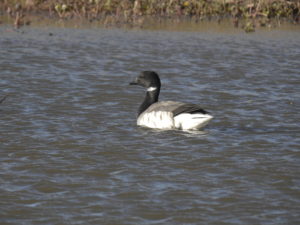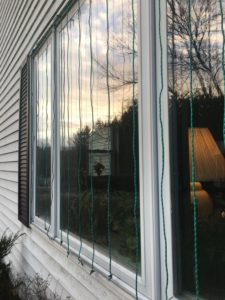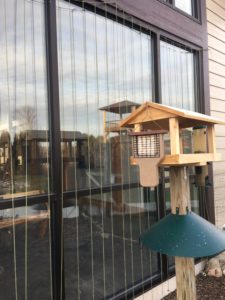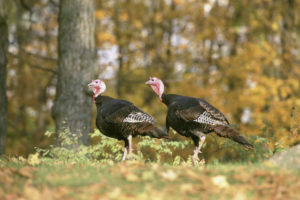Here we are, at the darkest time of year. It’s no wonder that just like native people, we add light wherever we can, illuminating our homes with electric displays in place of the bonfires of long ago. Since June we have watched our days grow shorter and cloudier, unless we are slapped with a cold front to send temperatures tumbling but bring in clear, dry air. Once again, the wild things, oblivious to human pathogens, go about their business under relatively good conditions: little snow and only moderate cold. Birds don’t really need to visit our feeders like they do when snow covers their wild food, causing people to wonder if they are alright if unseen. I don’t know if birds feel gratitude for such weather- I rather doubt it. They seem to continue regardless of conditions, perhaps lingering a bit farther north for the time being.
A sense of gratitude seems to be important to the well-being of people, however. We have the ability to discern when things are going well, or at least that they could be worse than they are. We are challenged these days by inordinate health concerns, political discord, and a general sense of frustration that things are not as we wish them to be. This year has seen people taking out their frustrations on each other more than I can remember, and I’m getting to the point where I can remember a lot of years. It seems easy; though, to remember the times when I really felt grateful, and those times seem to center on one of two things – family and nature.
I think we are biologically programmed to feel gratitude for our families, our elders and our children. That is, if we have been fortunate to have grown up with a sense of being loved and cared for. Unfortunately, too many of us have not experienced enough of that. Nature, however, is all around us and should be accessible no matter our circumstances. In my own life, I have experienced that sense of gratitude for the life around me even during the most trying times. If a day is full of frustrations, even a few minutes in a natural place can make me feel better. There is almost always something interesting to be encountered and wondered about just a few feet from my door. Perhaps it’s denial, but in a green place I can easily forget problems if I am aware of the moment, and what is happening around me. No wonder the first people of this area referred to Grandmother Earth. Who better to embrace, comfort, and care for you.
So if gratitude is so important, what am I most grateful for this year? People who care for each other, and for the Earth, first off. I have been so fortunate to meet, work, and live with such folks. And nature, and what it gives us. Right now I’m grateful for the fox sparrow which lives under the juniper bush by the bird feeders – brightly cinnamon colored, darting out to grab a seed or two and do its little scratching dance. Or the flock of cedar waxwings, delicately shaded in their colors, who descend on that same shrub to glean berries from the branches. Or the pileated woodpecker which lives across the river, or the bald eagle cruising the shore. Or the chickadee that bites me fiercely as I try to put a band on its leg. And the fact that the internet lets us at least see and talk to our family at Christmas.
Next year will be better, for people and I hope for nature. I also hope that a sense of gratitude will replace the frustration we all feel now, and that it brings us to care more for the natural world and each other. And see things as they truly are.

